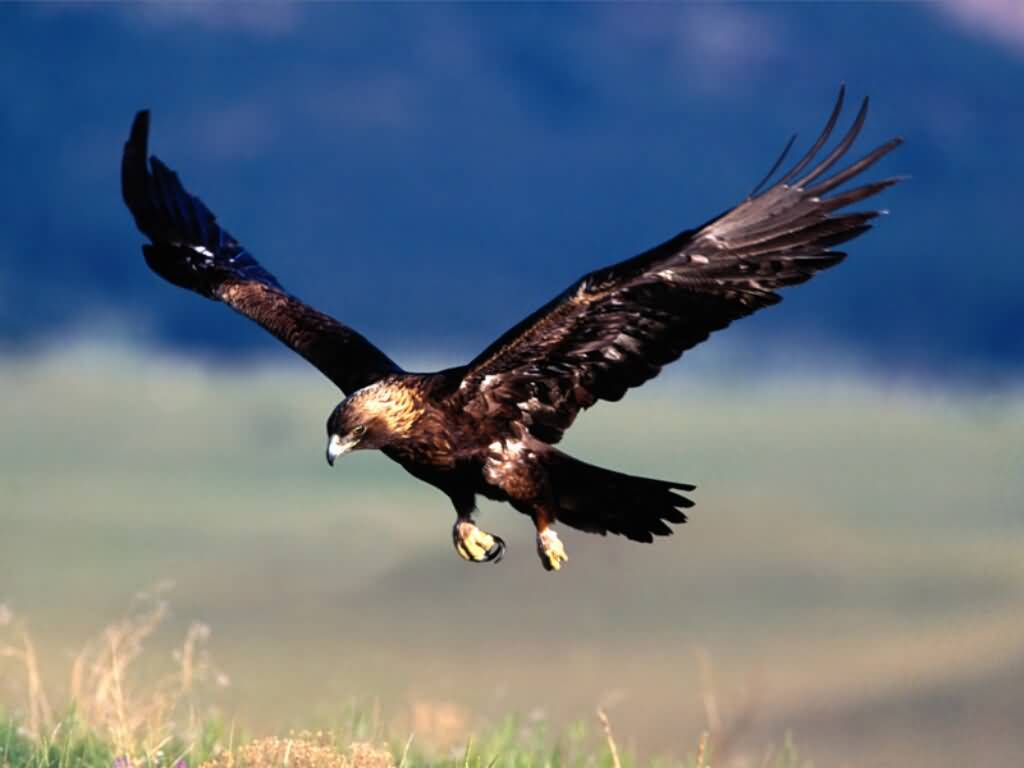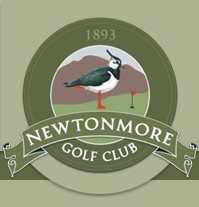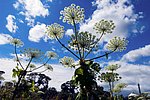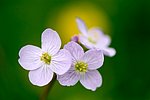together we are 'more
Environment
We as a club are committed to ensuring that our activities have due regard to the special environment in which they take place and the constitution and actions of the club are consistent with the four aims of the National Park as detailed in our policy.
The Birds and Wildlife of the Eilan
On first inspection the area of the shinty pitch and surrounds does not appear to be an ideal habitat for wildlife. On closer inspection however, there is some diversity and the flat area of the grass pitch contrasts with the discrete areas of mixed woodland plantations which act as shelterbelts on either side of the pitch. The mixture of broadleaved trees and conifers within these plantations provide shelter and feeding for certain bird species. Rowan trees especially are favoured by autumn migrants such as fieldfares and redwings.
The pitch is also in close proximity to the course of the River Spey and bird species associated with the river can be observed from the pitch and crossing over the pitch. Of these birds, the osprey must be the most spectacular bird that can be observed. Feeding flocks of Siskin and Redpoll will also stray from the riverside into the areas of woodland around the playing area. The setting of the pitch is dramatic and the background of Creag Dubh and the surrounding Monadhliath hills allows sightings of buzzard, peregrine and golden eagle on clear days. It is common to see red legged partridge in the vicinity of the clubhouse.

Summer migrants use the area for insect feeding and it is common to see swallow, swift, house martin and sand martin hawking over the pitch. Other summer migrants such as willow warbler will use the mixed woodland and grassy slopes for feeding and nesting. Pied wagtails are also common during the summer period.
In spring and autumn the pitch itself can be used as a staging post for flocks of birds such as lapwing which usually arrives at the end of February and Oystercatcher which is usually seen by early March. The local Greylag goose population may potentially look at the pitch as a feeding site.
The Lapwing is well known in Newtonmore and is even used on the crest of our golf club.


Other forms of wildlife also use the pitch and the following species are likely to be found:
Reptiles
The common lizard will be the most likely reptile present and the slow worm is also possible, but we have not seen them yet
Amphibians
Both frog and toad will be present although species of newt are unlikely.
Butterflies
The green veined white butterfly is most likely to be the commonest butterfly although species such as small tortoiseshell, red admiral and painted lady may be abundant in certain years.
Dragonflies
Because of the proximity of the River Spey there is a likelihood that the golden ringed dragonfly, the common hawker and species of darter may also be present.
Moths
No surveys have been undertaken but there could be a fairly high number of species using the site due to the woodland areas around the pitch and in the proximity of the River Spey
Trees and plants
All the trees in the shelter belt, as landscaping to obscure the shed, along the road and at the side of the field have been planted. They are nearly all native species principally oak, rowan, alder, Scots pine, silver birch, beech and wild cherry. Most of the trees are seedlings from trees growing in Newtonmore and Laggan.
As the edges of the field and the woodland are not ploughed or regularly fertilised there are a number of interesting plants associated with a variety of habitats. We have not found any rare species yet. So far the following have been identified:




